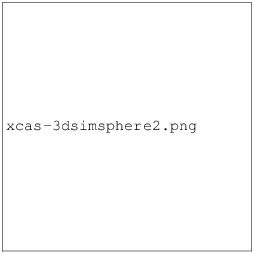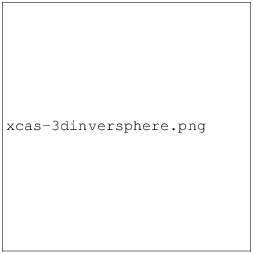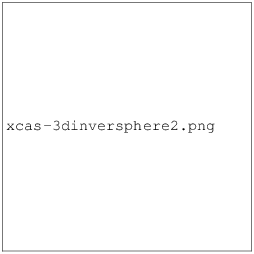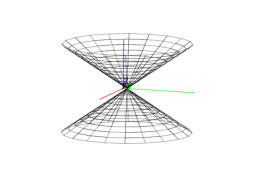



The locus command draws the locus of points determined by geometric objects moving in the plane, where the object depends on a point moving along a curve. It can draw a locus of points which depends on points on a curve, or the envelope of a family of lines depending on points on a curve.
With the optional arguments, C is limited to the part parameterized from a to b with step size c.
This will draw the set of isobarycenters of the triangles with vertices -1, 1 and P, where P ranges over the line through i and i+1.
| P:=element(line(i,i+1)); G:=isobarycenter(-1,1,P); locus(G,P) |

| locus(G,P,t=-3..3,tstep=0.1) |

For drawing the envelope of a family of lines which depend on points on a curve:
With the optional arguments, C is limited to the part parameterized from a to b with step size c.
This will draw the envelope of the family of perpendicular bisectors of the segments from the point 1 to the points on the line x=0.
| F,H:=point(1),element(line(x=0)); d:=perpen_bisector(F,H); locus(d,H) |

To draw the envelope of a family of lines which depend on a parameter, such as the lines given by the equations y+x tan(t)−2sin(t)=0 over the parameter t, the parameter can be regarded as the affixes of points on the line y=0.
| H:=element(line(y=0)); D:=line(y+x*tan(affix(H))-2*sin(affix(H))); locus(D,H) |

| locus(D,H,t=0..pi) |



